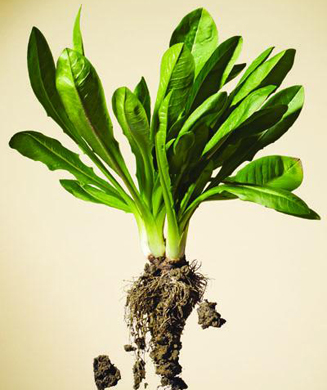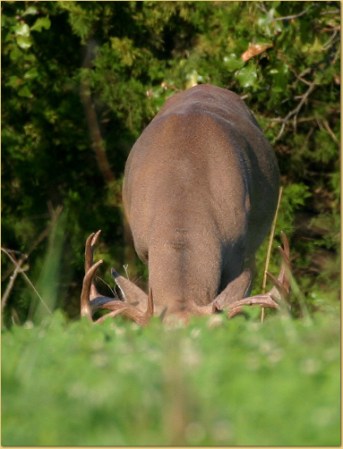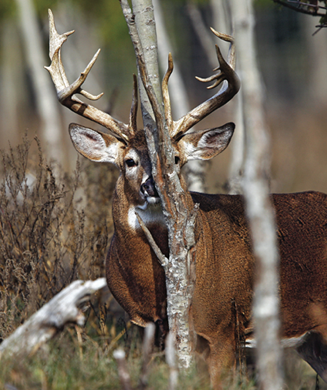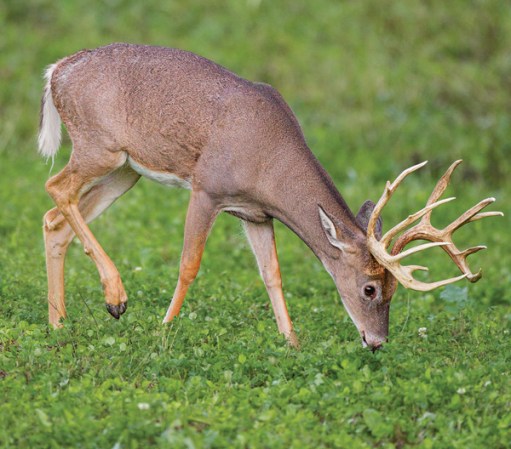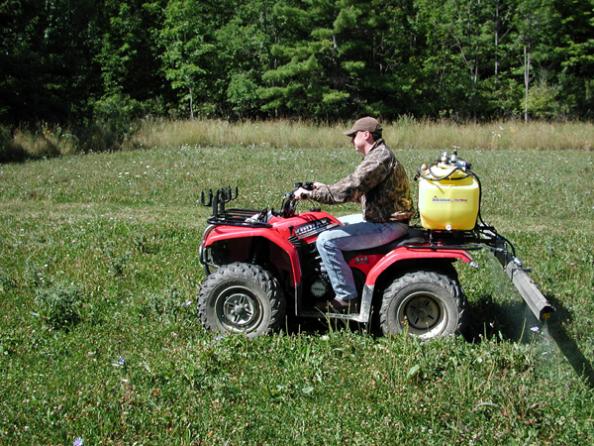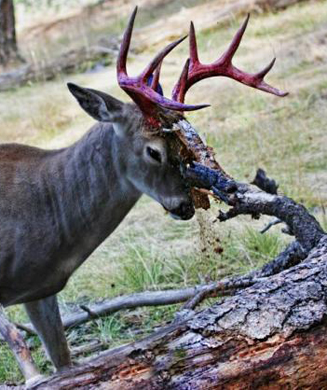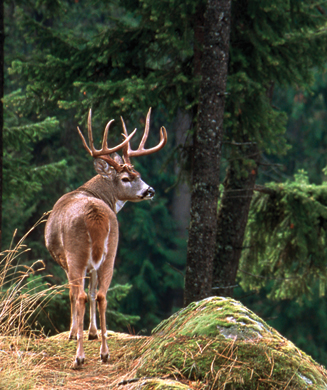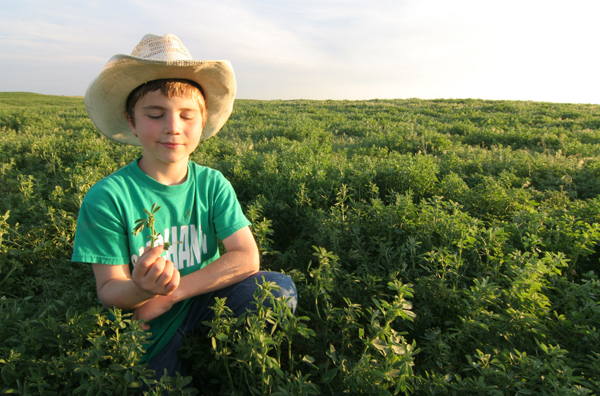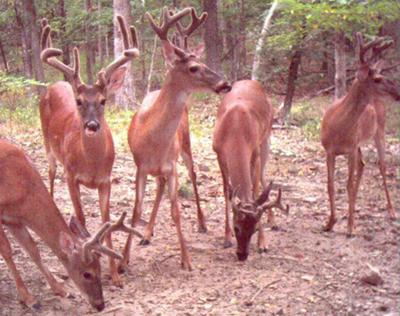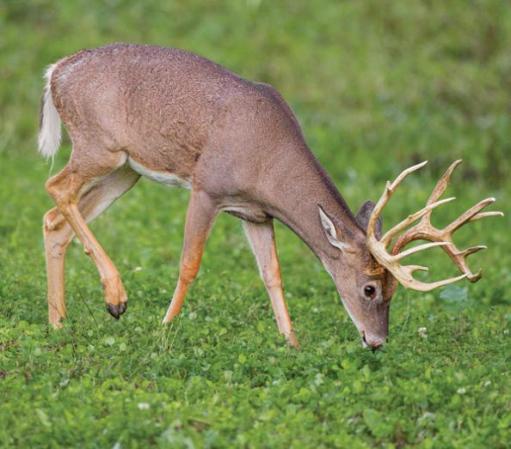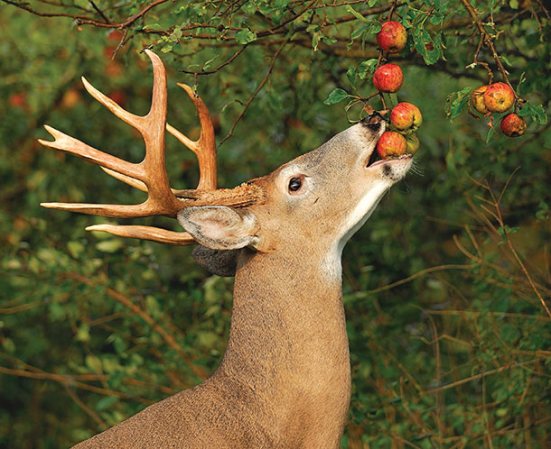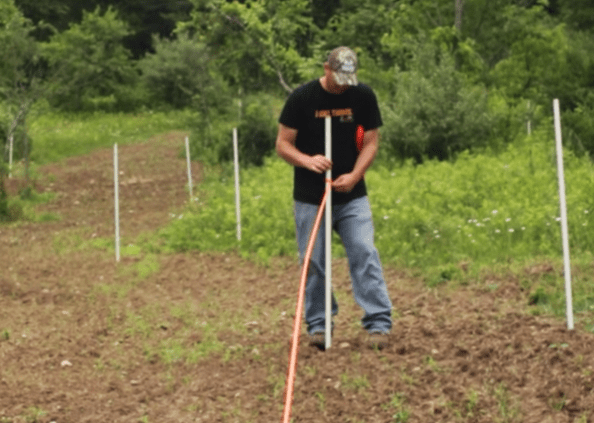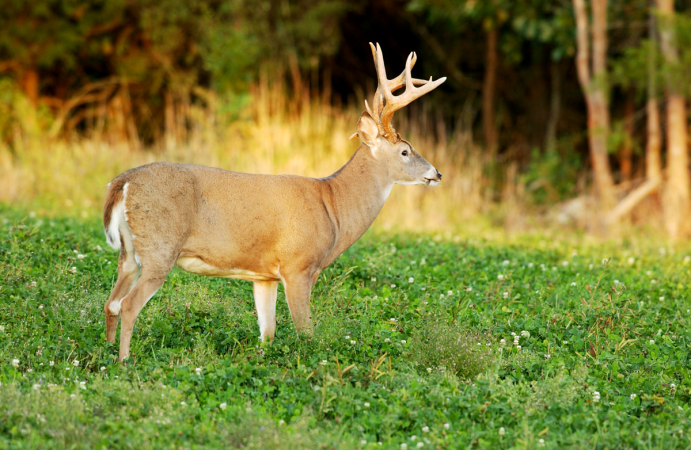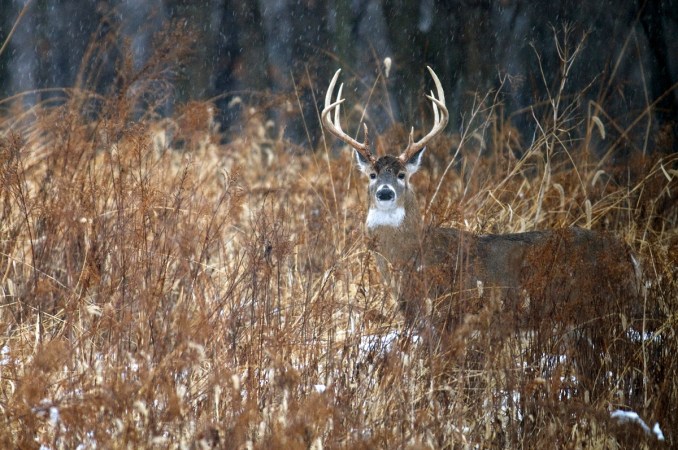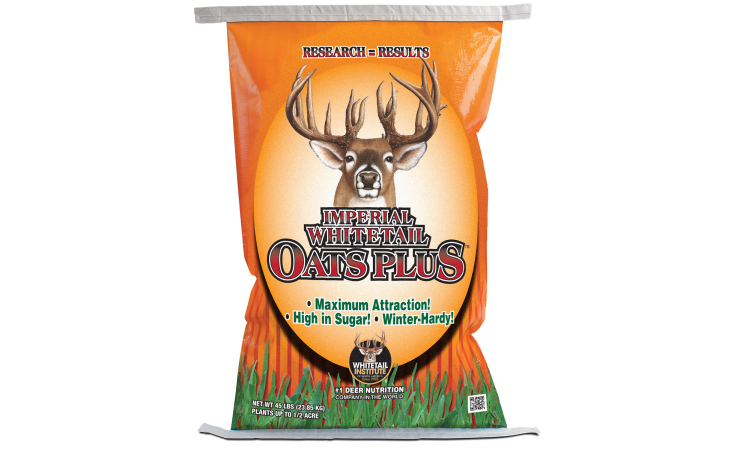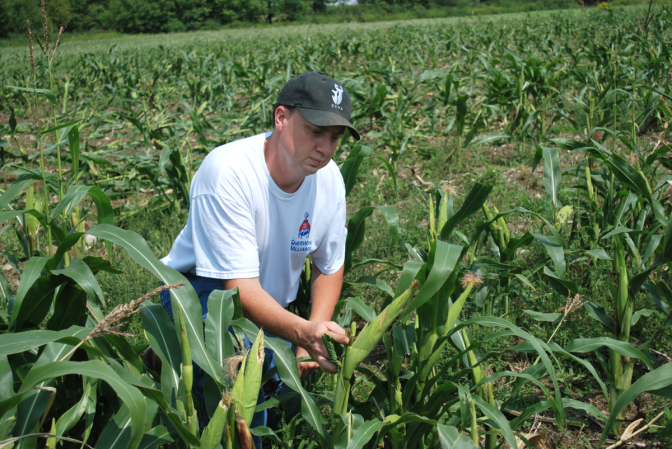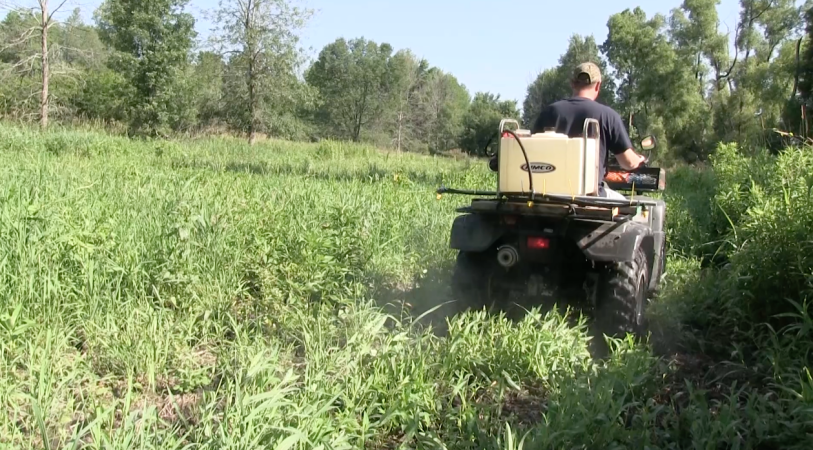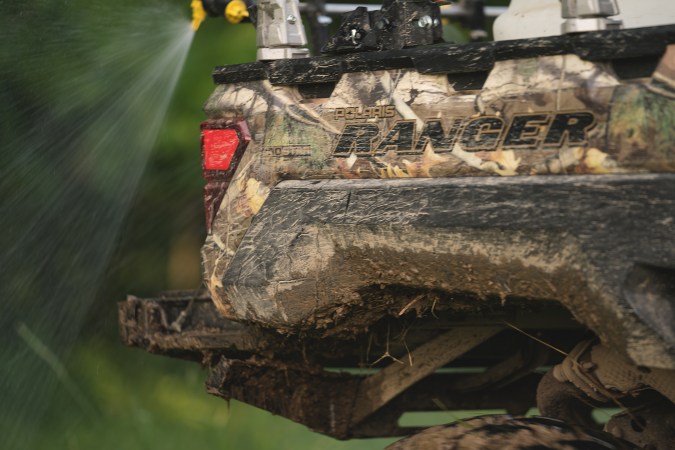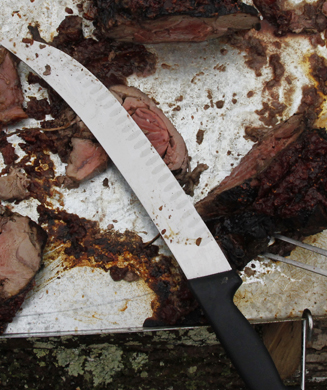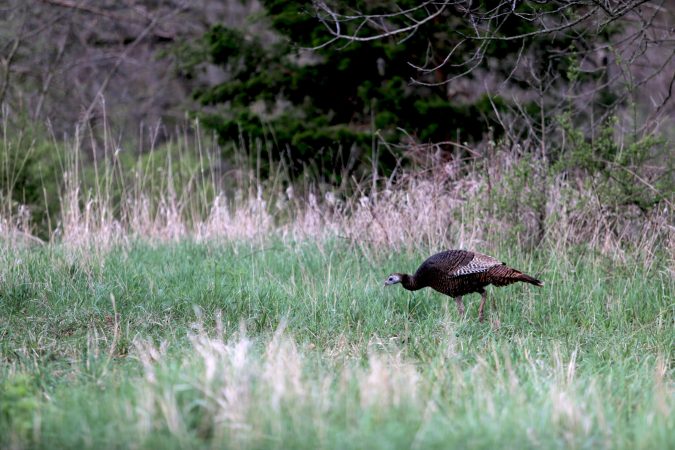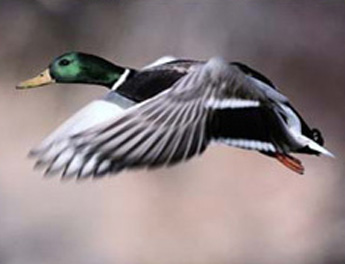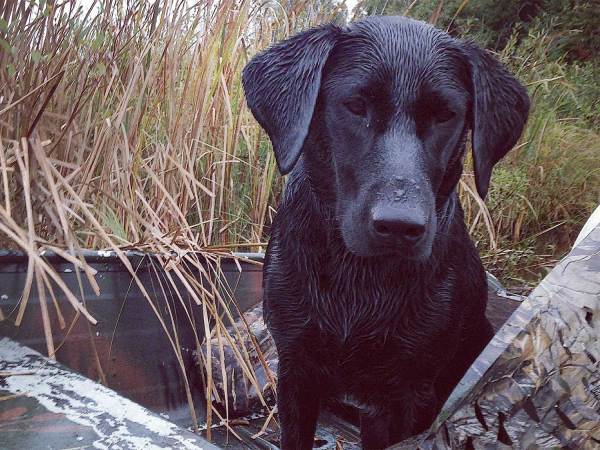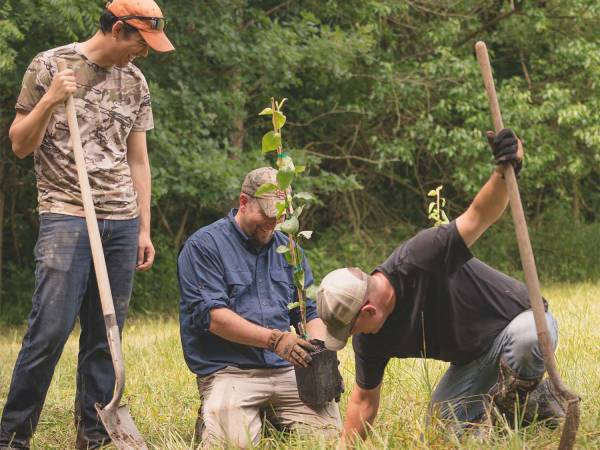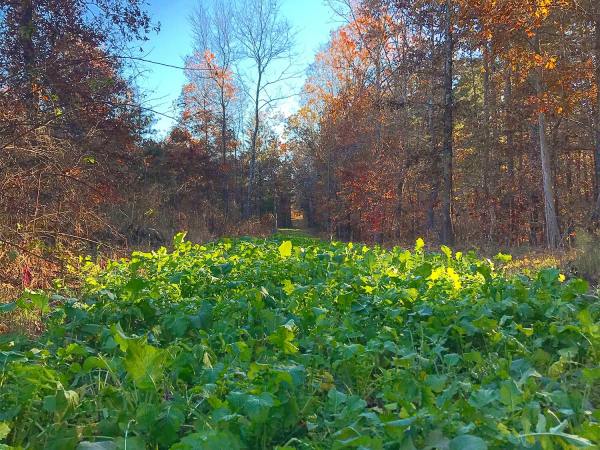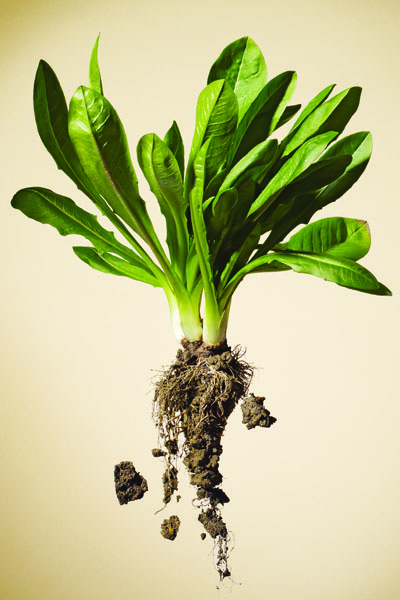
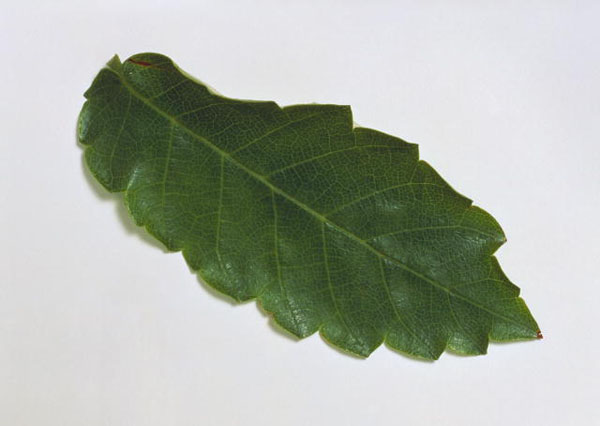
Native elm species like American, rock, and slippery elm are almost as valuable to your hunting land as oak trees. Why? Because they provide browse all year long and the fodder needed to maintain the digestive health of deer herds. Avoid planting Asian elms.
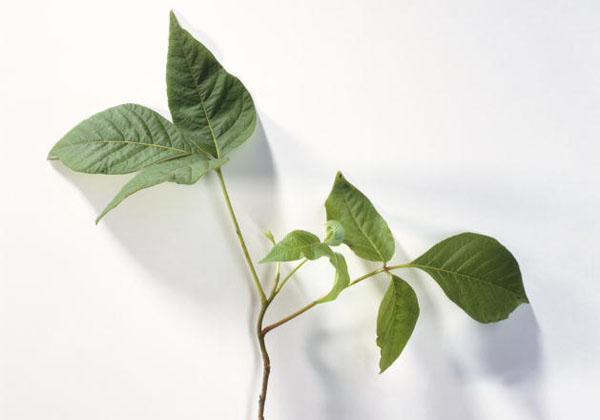
These two toxic plants, found in abundance in Eastern and Western forests, are viewed as a nuisance by hunters but not by deer. A variety of other wildlife relies on "poison" for food and shelter.
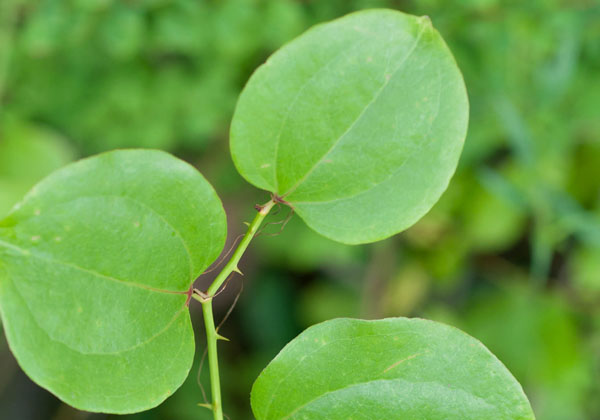
Also known as sarsaparilla, this plant has a high nutritional value to deer. Wherever greenbrier occurs (from Canada through Texas and across much of the eastern United States), it is an important food for deer throughout the year.
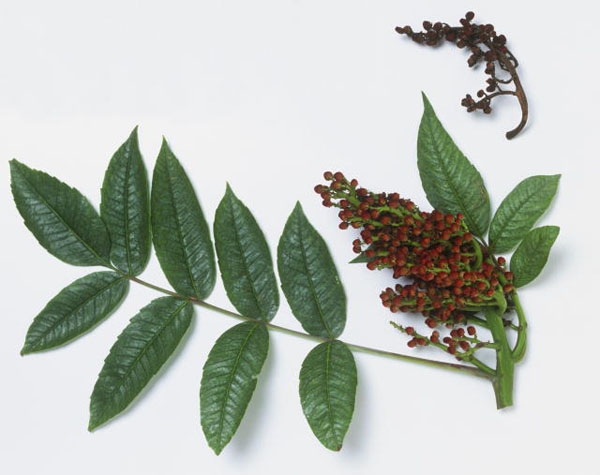
The wide variety of sumacs found across the country (staghorn, smooth, and dwarf being the most common) provide deer and other wildlife with ample browse all year, even in winter. In addition, sumacs are very hardy plants.
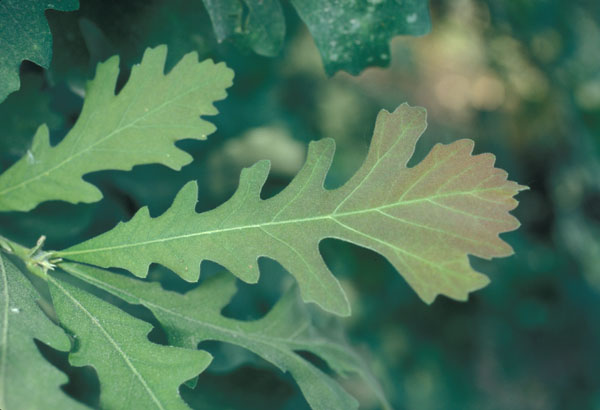
Biologists estimate that in many areas, acorns account for more than 50 percent of a deer's annual diet. Acorns provide the proteins and fats necessary to maintain the health of deer herds year-round. Oak trees also provide shelter.
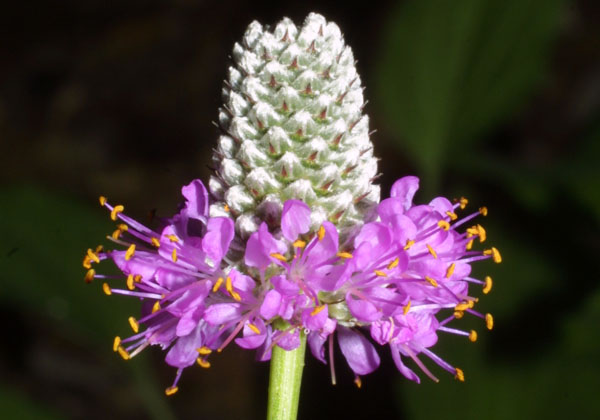
Most cultivated clovers–red, white, sweet–are native to Europe. Still, these palatable legumes are a staple for deer and a great source of protein and minerals. The best native clovers are purple prairie and prairie bush varieties.
Planting your food plots with indigenous forage species benefits both your land and the wildlife that use it. Check out these six natural food plot options.
